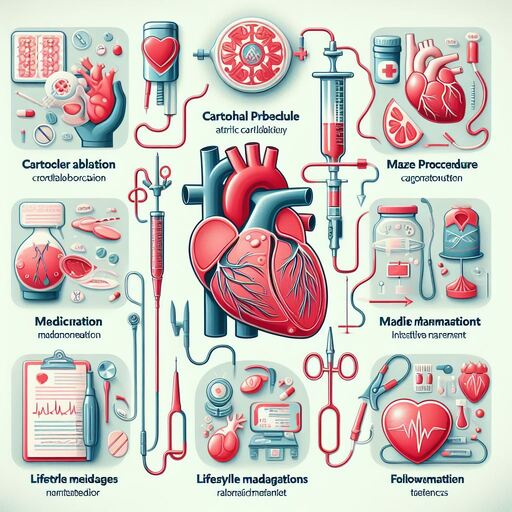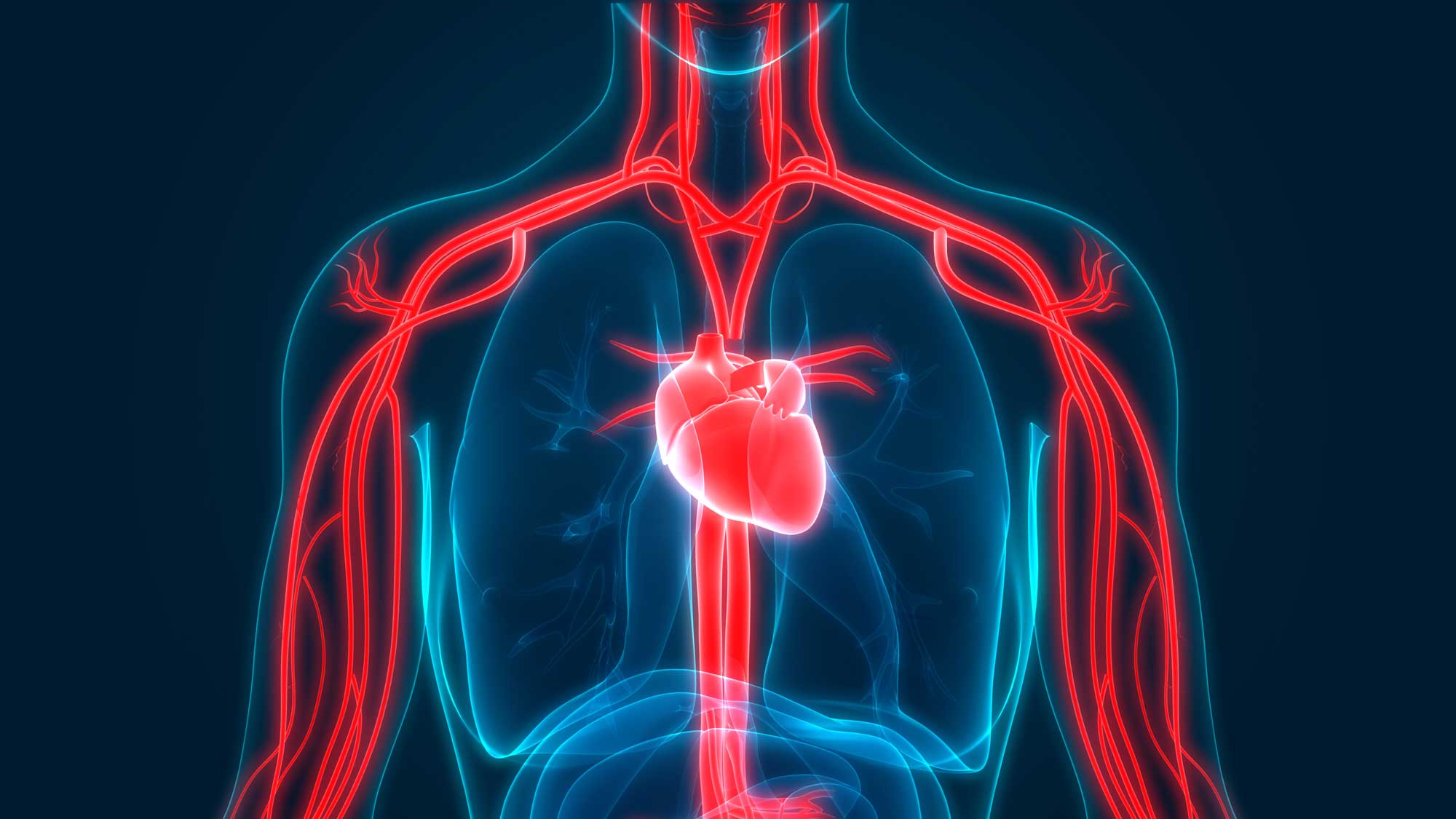Surgical and Other Procedures of Atrial Fibrillation
Surgical and Other Procedures of Atrial Fibrillation
Atrial fibrillation (AF) is a common heart condition that affects the upper chambers of the heart. It causes the heart to beat irregularly, which can lead to fatigue, shortness of breath, and other symptoms. While medication options are commonly used to treat AF, surgical and other procedures may be necessary in certain cases. Here are some common surgical and other procedures used to treat AF:
1. Catheter ablation: This minimally invasive procedure involves inserting a catheter into the heart through a small incision in the chest wall. The catheter uses high-frequency radio waves or laser energy to destroy abnormal electrical tissue in the heart, which helps regulate its electrical activity.
2. Radiofrequency ablation: This minimally invasive procedure involves inserting a catheter into the heart through a small incision in the chest wall. The catheter uses high-frequency radio waves or laser energy to destroy abnormal electrical tissue in the heart, which helps regulate its electrical activity.
3. Cardiac surgery: In some cases of AF that is highly debilitating or associated with significant complications such as stroke, heart failure, and pulmonary embolism, surgery may be necessary. The most common surgical procedure used to treat AF is cardiac ablation, which involves destroying abnormal electrical tissue in the heart using high-frequency radio waves or laser energy.
4. Cryoballoon ablation: This minimally invasive procedure involves inserting a catheter into the heart through a small incision in the chest wall. The catheter uses cold nitrogen gas to destroy abnormal electrical tissue in the heart, which helps regulate its electrical activity.
5. Maze procedure: This surgical procedure involves creating a maze of scar tissue on the outside of the heart to prevent blood flow from clotting. This procedure may be used for severe cases of AF that are highly debilitating or associated with significant complications.
Surgical and Other Procedures of Atrial Fibrillation
It’s important to note that surgical and other procedures for AF may vary depending on individual factors such as age, sex, medical history, and underlying conditions. If you are concerned about your heart health or experiencing symptoms of AF, it’s important to speak with a healthcare provider to discuss appropriate treatment options and monitor your condition closely.
It’s also important to note that while surgical and other procedures may be effective in treating AF, they do carry some risks. As with any medical procedure, there are potential complications such as bleeding, bruising, infection, and heart rhythm abnormalities. It’s important for patients to discuss the risks and benefits of surgical and other procedures with their healthcare provider before making a decision on treatment options.
Surgical and Other Procedures of Atrial Fibrillation

